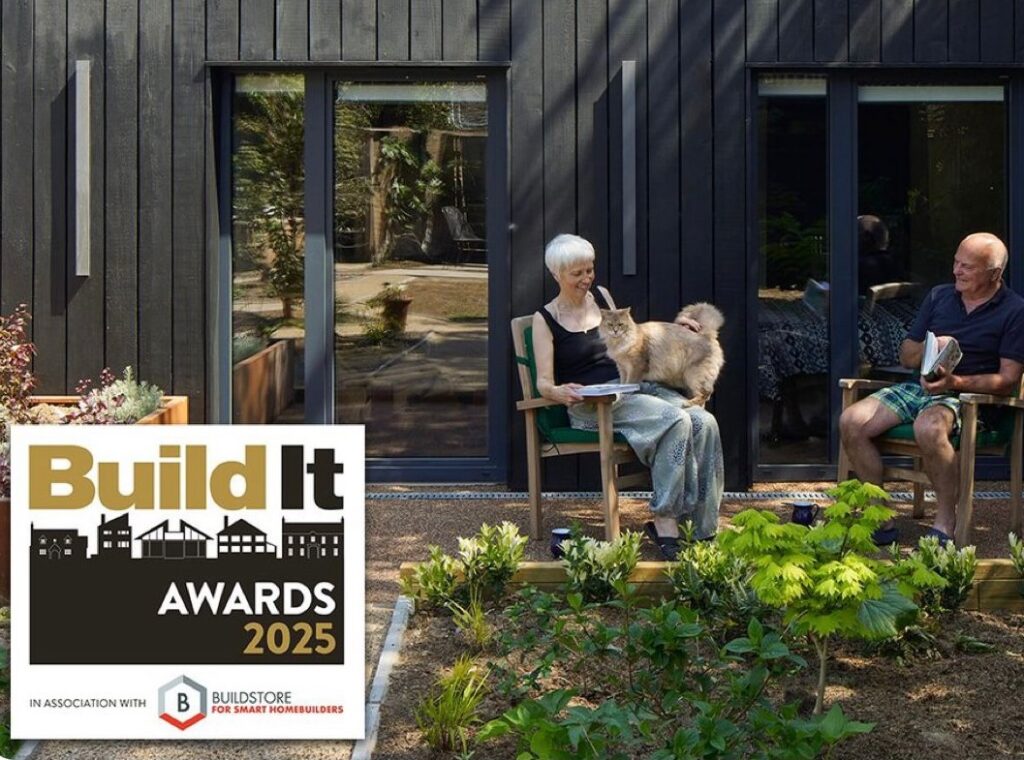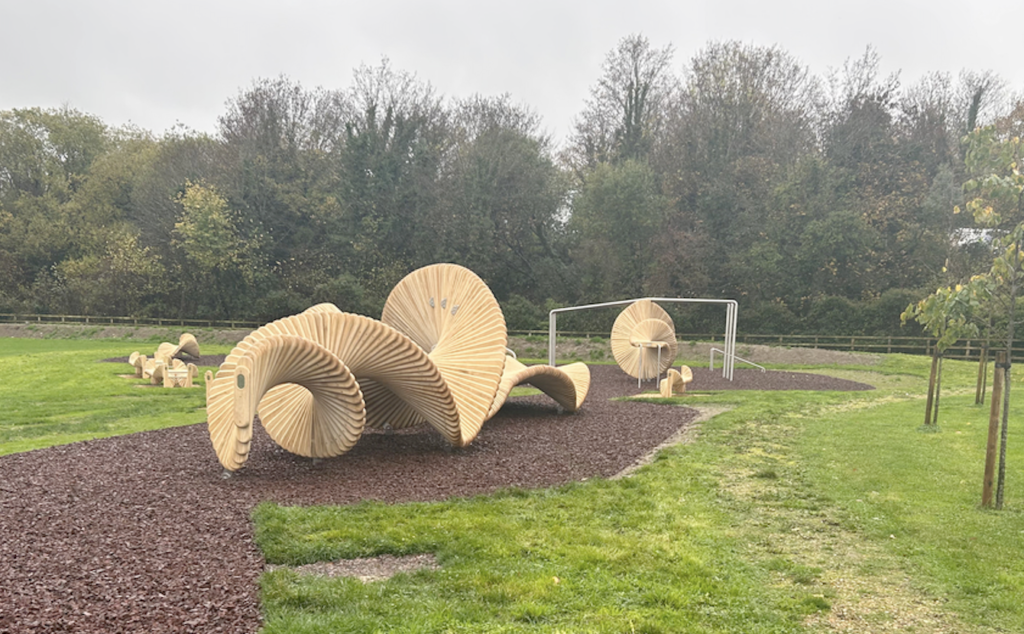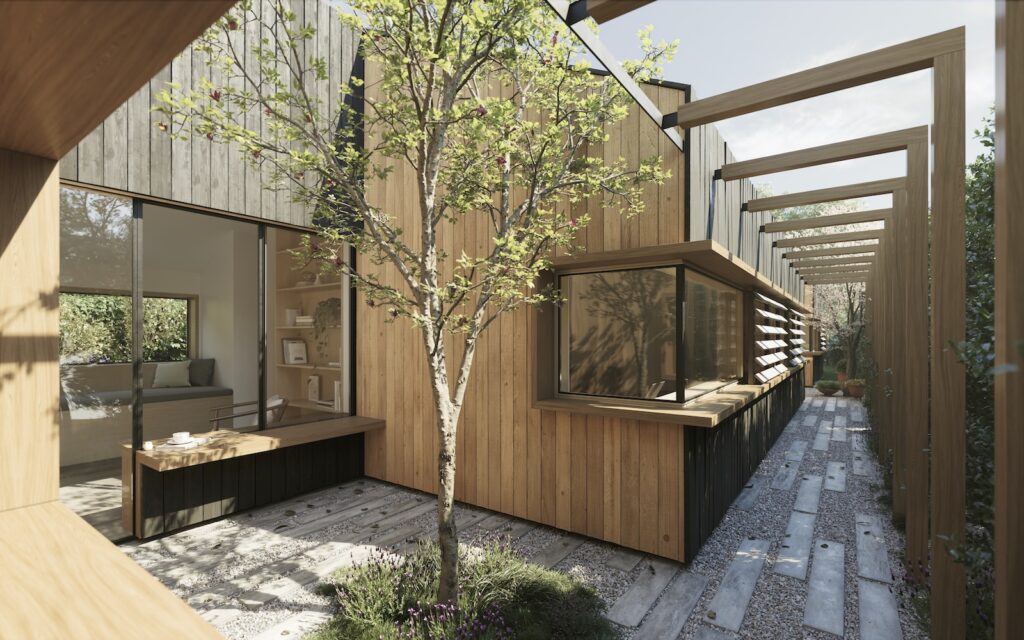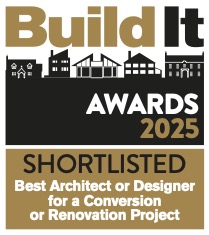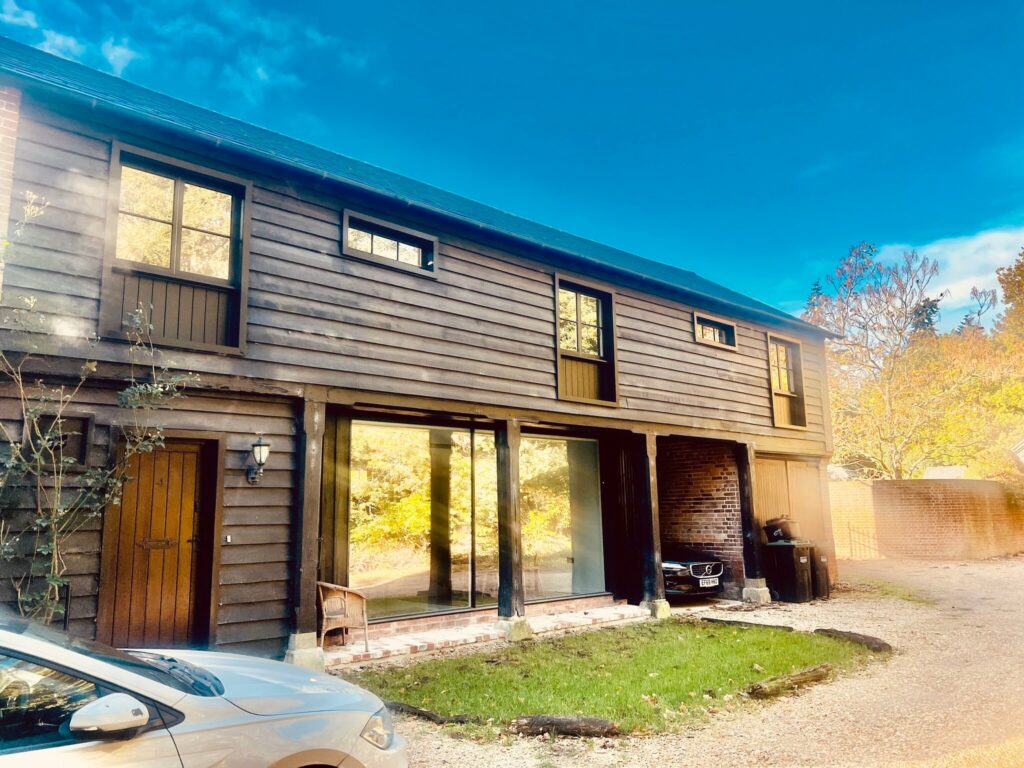In this months roundup, we’re pleased to share highlights from Darren’s recent talk at the RIBA conference, the opening of our Winchester art installation, and the exciting news of our award win for Brockenhurst House.
To keep in touch with our news, you can sign up to the practice updates here.
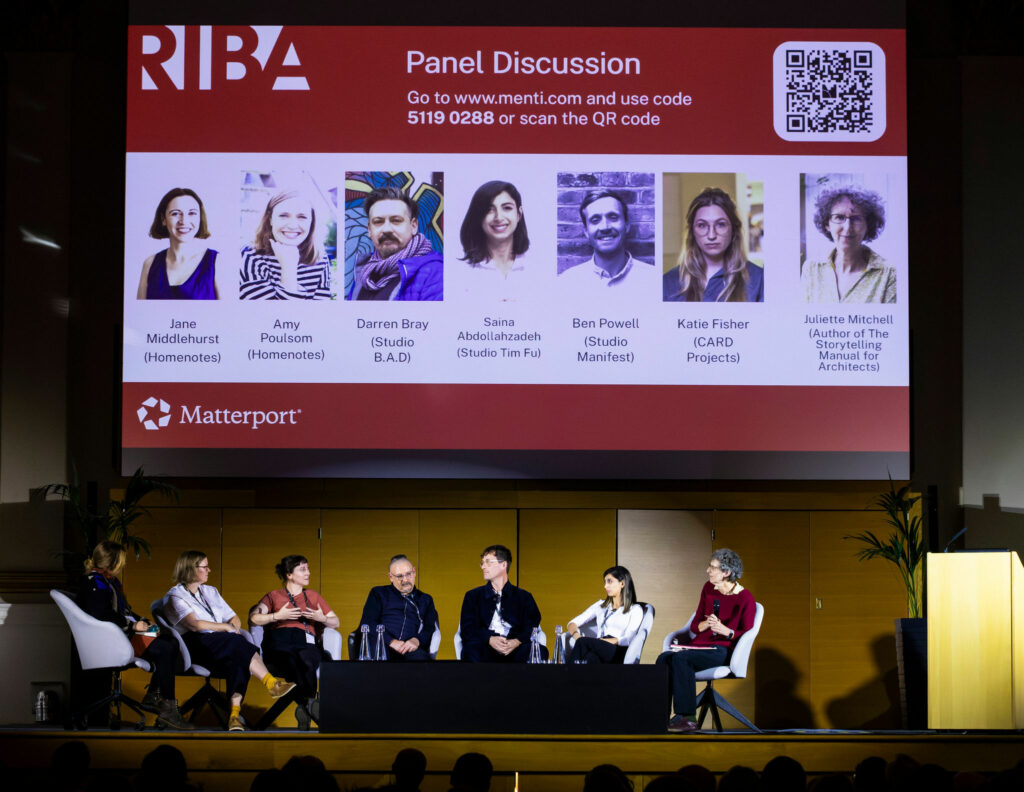
RIBA Conference, Guerrilla Tactics
Darren was invited to present at this years RIBA Guerrilla Tactics conference themed “The DNA of Practice: Shaping Identity Beyond the Portfolio,” explored what defines a practice’s true identity beyond its built work.
His talk was titled, “Making Meaning: Communicating Practice Values with Clarity and Confidence”, reflecting on his own experiences as founder of Studio BAD nearly seven years ago, and the importance of establishing and staying true to a set of guiding principles that underpin every aspect of our work. You can read more about the event here.
Architecture Award Win
We are absolutely thrilled to have won the ‘Best Architect for an Extension Project’ at this year’s Build It Awards for our Brockenhurst House project. The design has taken a tired 1970’s chalet home set within the New Forest National Park, and transformed it into a stunning, contemporary home to perfectly suit the clients’ needs.
The brief had been to extend and reimagine the property, to deliver a low energy home that could support the owners evolving needs, while remaining true to principles of beauty, sustainability, and architectural integrity, elevating everyday living while responding to change. You can read more details about the project here.
Art Installation Opens
We were delighted to attend the official opening of Allegra Ambition Installation this month, a project that delivers a free-to-use outdoor fitness space and sculptural seating area beside the Winchester Sports Centre at Garrison Ground, Hampshire. Our design was selected as the winner of the public art competition for the charity, Allegra’s Ambition.
Lucy Whittome, Trustee of Allegra’s Ambition, stated about the design:
“We have tried to create something truly special here. It is a place that welcomes people and children of all ages to gather, sit, play, and exercise, with a focus on calisthenics.”
